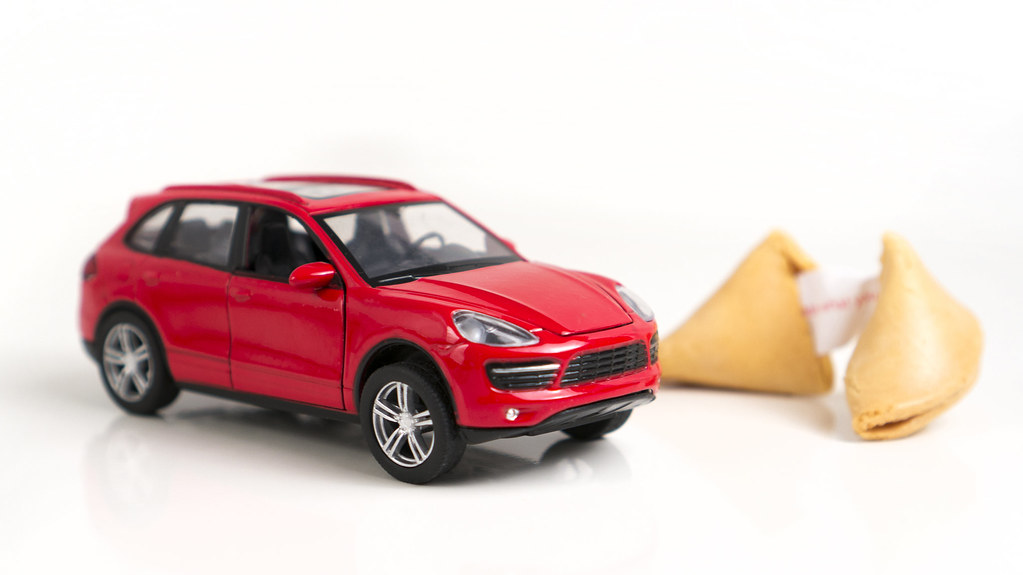Should we continue to test and further technology on driverless cars, is it too ahead of our time? Technology is growing by the minute and we are modernizing everything in front of us, but have we gotten as far as we think? Features like adaptive cruise control, where the car will adapt its speed on its own to the car infront of you but also speed back up to the cruise control speed you set once there’s room infront of you or no cars in the way. Another new feature is blind spot indicators, this lets you know when someone is in your blind to avoid crashing while switching lanes.
A handful of car companies have started their own journey to making a self-driving car. Although we haven’t fully got to the stage where we are selling driverless cars to the public and driving them on the roads some companies, like Tesla are working their way in that direction having tests with driverless cars on real roads. “No purely autonomous vehicles are available at present, but several with self-driving features are currently on our roads. Tesla’s Model S has an advanced cruise control feature called Autopilot, which uses cameras and radar to detect the car’s position in lane, the proximity of other cars and the speed limit. It can control the car’s speed and steering to keep it in the middle of the lane, reacting to other cars and changing lanes on command.” While seeing all the newest car or features can be exciting and cool, sometimes we should let testing and technology further before we jump into self-driving cars. There is no doubt this will be the future at some point but some safety features on self-driving cars aren’t equivalent nor above a human and that’s a big segment of this technology. Tesla’s adaptive cruise control is not flawless yet, it still has times where it malfunctions or the sensors confuses objects or falsely detects weather.
As we further into more electric cars and adaptive cruise control we have seen an up-tick in accidents since we’ve started with driverless cars. “It’s not just the humans inside cars with self-driving technology, but those in other vehicles that need to be vigilant. Accident rates involving driverless cars are twice as high as for regular cars, according to a study by the University of Michigan’s Transportation Research Institute which looked at data from Google, Delphi and Audi” Safety features in the driverless cars are important but having the ability to avoid crashing and accidents like a human would is imperative to this new technology to work in the world today.
As a result of this new technology and it’s consistent on going of advancements we should also keep in mind are we going ahead of our time? Do we have the right technology to make these just as safe or even safer than a human?
“When Will Cars ____________” by free pictures of money is licensed under CC BY 2.0.











